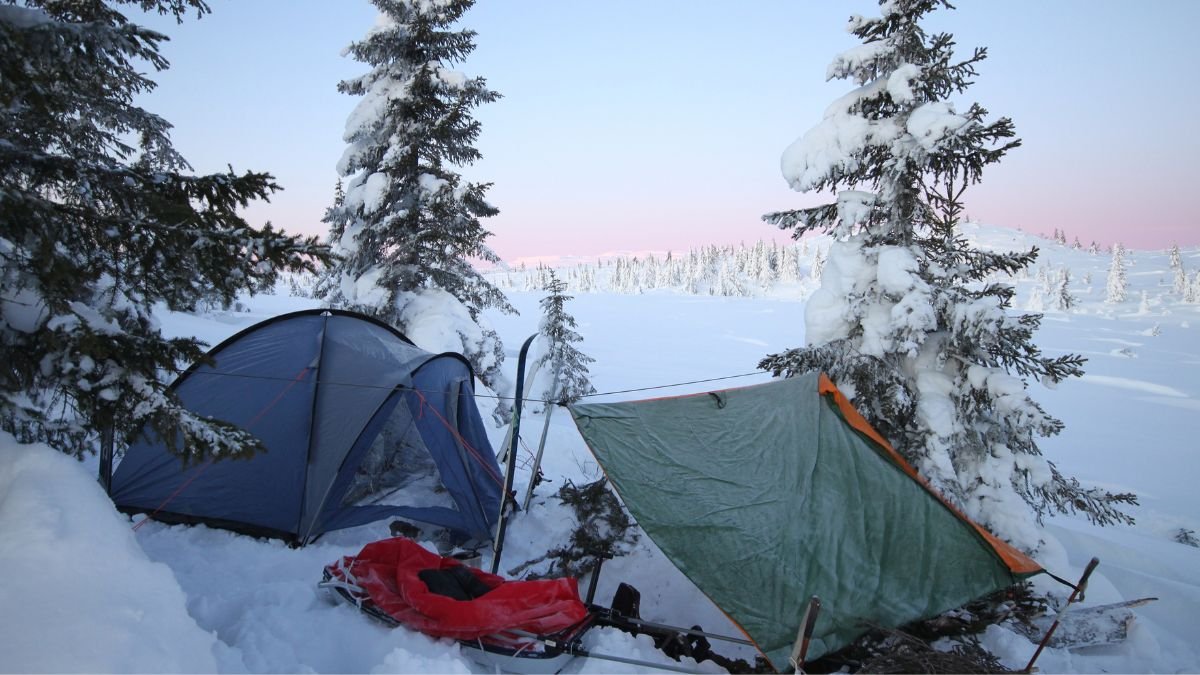While most campers pack away their gear when temperatures drop, a growing movement of adventurers is doing the opposite; actively seeking out the chill.
Cold camping is set to become significantly more common in 2025. This isn’t about surviving sub-zero conditions. It’s about choosing cooler destinations, campgrounds with cold plunges, or simply camping when temperatures drop. The payoff? Solitude, stunning landscapes, and authentic wilderness experiences without summer’s crowds.
This guide covers current cold camping trends and statistics, essential safety considerations and winter camping gear, the best destinations and timing, and how to transition from fair-weather to year-round camping.
Ready to discover why cold camping is becoming 2025’s hottest outdoor trend? Let’s get started.
The Rise of ‘Cold Camping’: Why Adventurers Are Seeking Cooler Temperatures
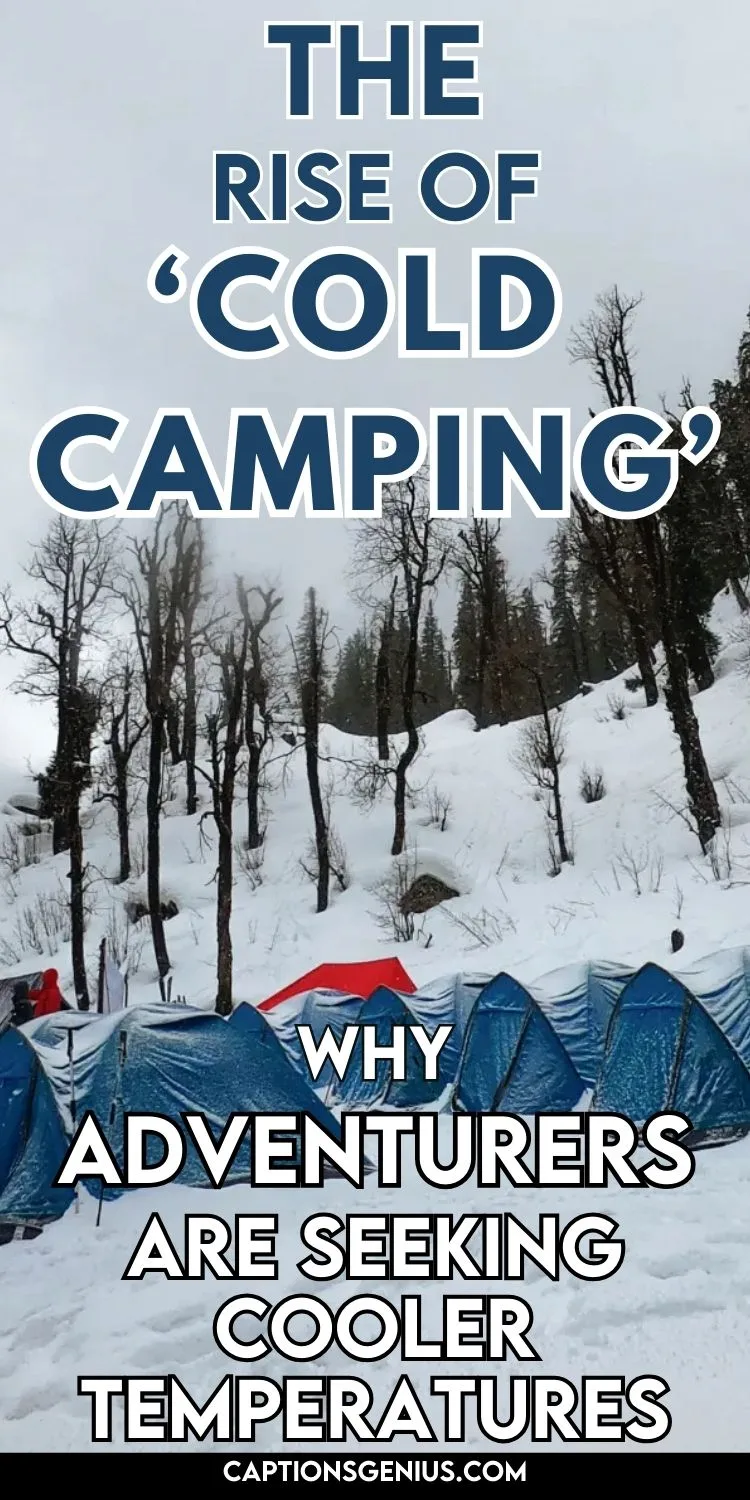
What Is Cold Camping and Why Is It Trending?
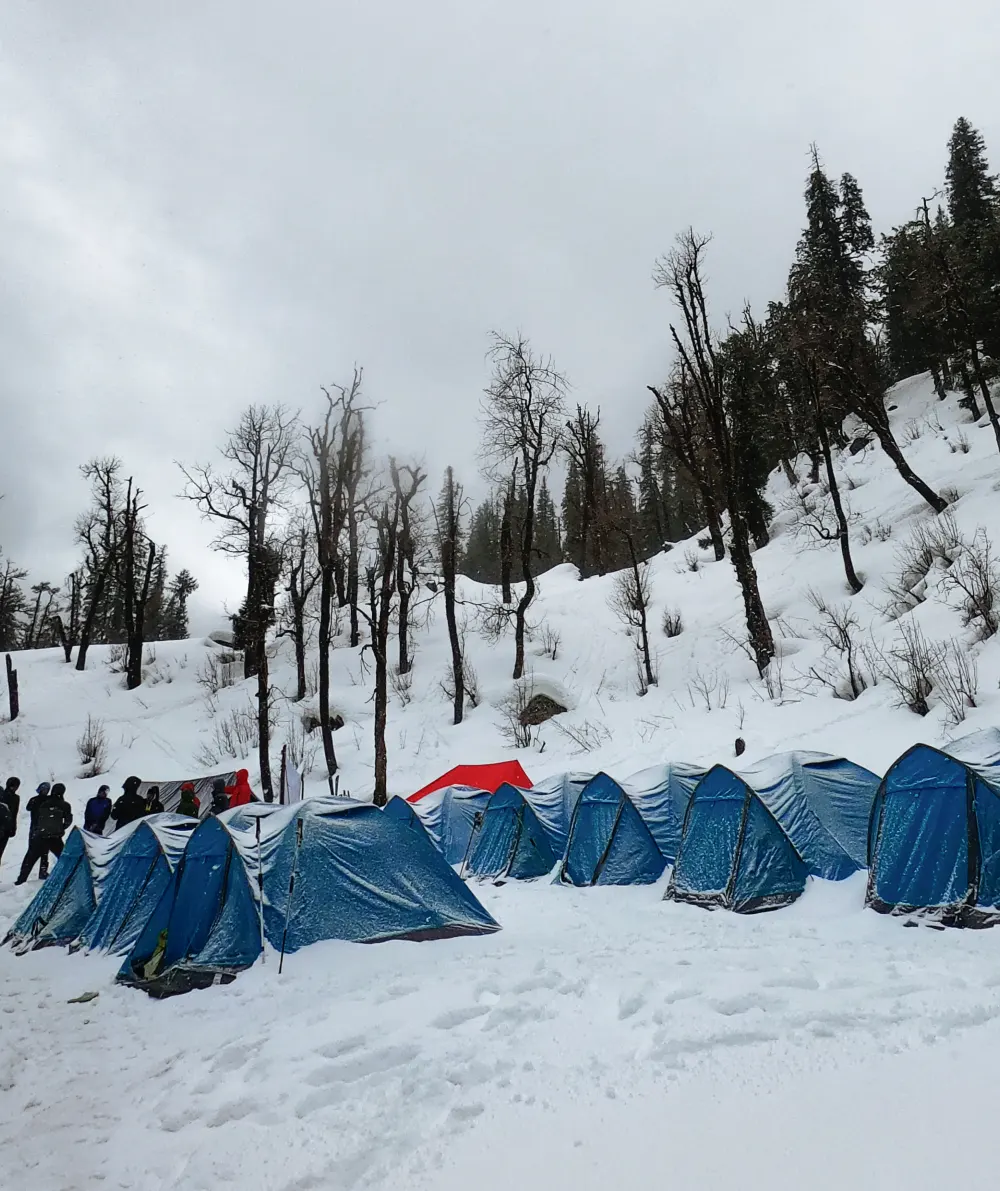
Defining the Cold Camping Movement
Cold camping doesn’t mean pitching a tent in sub-zero Antarctic conditions. Instead, it refers to outdoor experiences where adventurers intentionally seek cooler temperatures for enhanced comfort, wellness, and solitude.
This growing trend encompasses everything from booking campgrounds with cold-plunge pools and Nordic spas to choosing high-altitude destinations that turn brisk at night, even during summer months.
The Data Behind the Trend
According to Pitchup’s data, cold camping will be more and more common in 2025, reflecting a broader shift in how people approach outdoor recreation. Rather than enduring sweltering summer heat and crowded facilities, savvy campers are discovering the appeal of cooler environments that offer both physical relief and mental rejuvenation.
The numbers tell a compelling story about this cold camping trend. The US camping market is projected to grow by 6.09% annually from 2025-2029, reaching $34.72 billion by 2029. This growth is fueled by an unprecedented influx of new outdoor enthusiasts; around 11 million more households went camping in 2024 compared to 2019, with 39 million new campers joining since 2014.
Real-World Cold Camping Examples
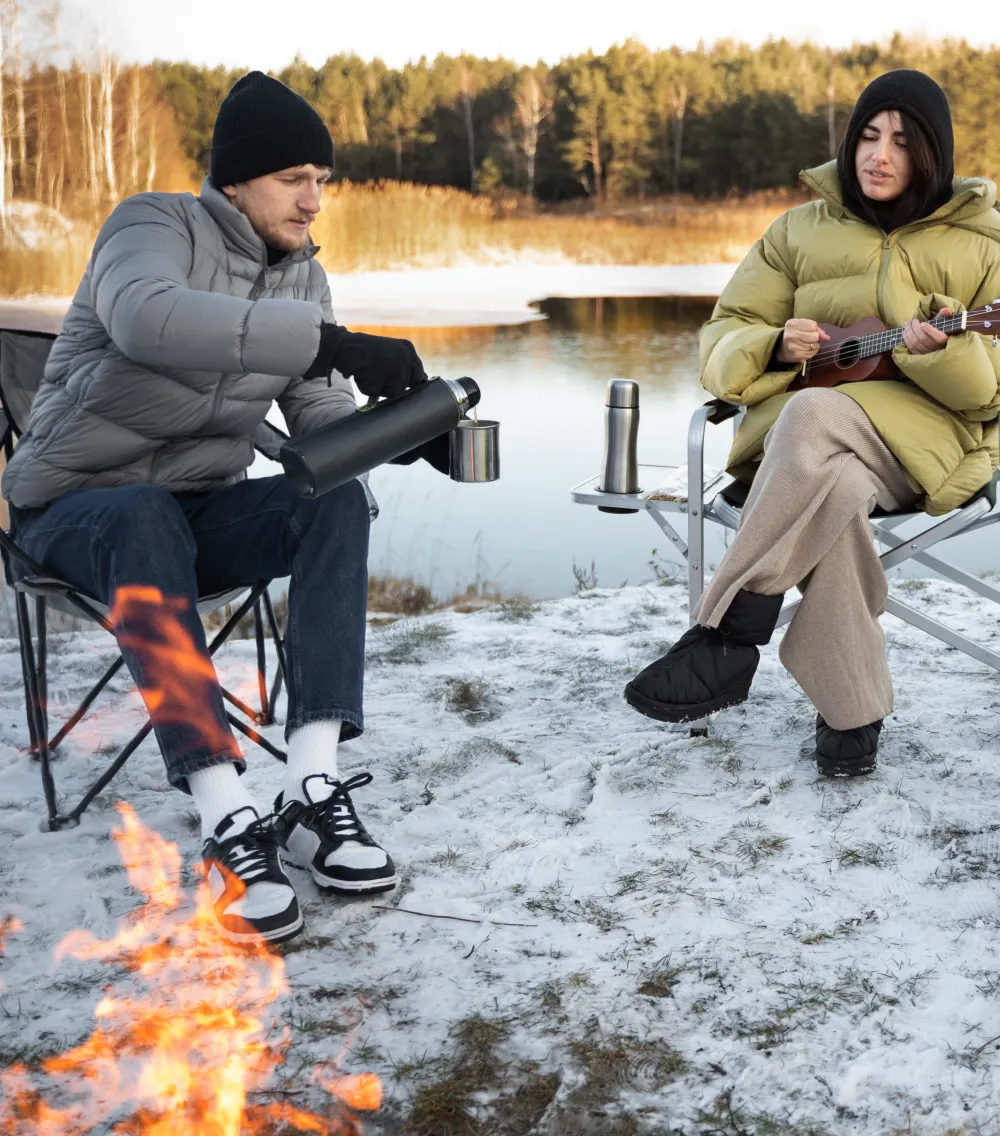
Modern cold camping takes many forms. U.S. campgrounds like Thunder Mountain Camp in Ouachita National Forest and West Beach Resort in Orcas Island offer opportunities to cool off by hiking through shaded woods or taking cold plunges in pristine lakes.
\Nordic spa camping is emerging as a wellness-focused subset, where campgrounds integrate therapeutic cold exposure with luxurious amenities like saunas and heated pools.
Why Cold Camping Appeals to Modern Campers
The trend aligns perfectly with current camping preferences. More than half (53.4%) of campers prefer vehicle-based camping using RVs, trailers, or camper vans, making cold camping more accessible since these setups provide better insulation and heating options than traditional tent camping.
What’s driving this shift? In the winter, popular camping areas are peaceful havens, where all you hear is the sound of snow crunching underneath your feet, as noted by wilderness medicine expert Dr. Linda Keyes. The allure lies in escaping crowds while experiencing nature’s dramatic seasonal transformations.
The Psychology Behind Seeking Cooler Adventures
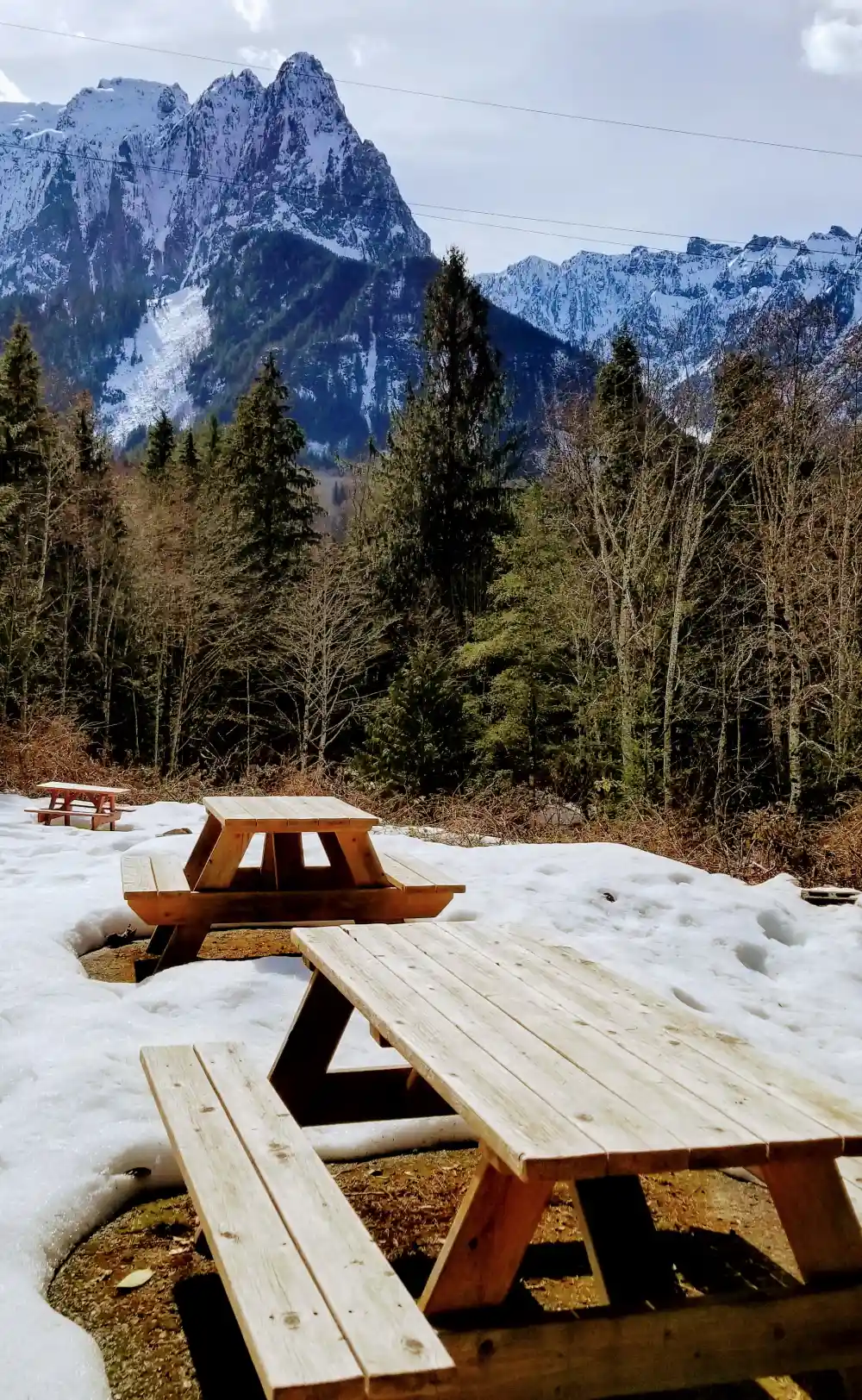
Escaping the Summer Camping Chaos
The frustration is universal among outdoor enthusiasts: arriving at a campground to find it packed like a parking lot, with generators humming and children screaming well into the night.
Summer camping has become a victim of its own popularity, transforming peaceful wilderness retreats into outdoor suburbs. Cold camping offers the antidote; access to the same spectacular locations when they’re returned to their natural state of tranquility.
The Pursuit of Simpler Times
72% say a desire for simpler times will significantly impact their 2025 travel planning, dubbing this “the year of the Re(creation) Vacation”. This psychological shift reflects a deeper yearning to disconnect from digital overwhelm and reconnect with fundamental human experiences.
Cold camping naturally strips away the non-essential, forcing campers to focus on basic needs: warmth, shelter, and sustenance.
Wellness and Mindfulness Through Cold Exposure
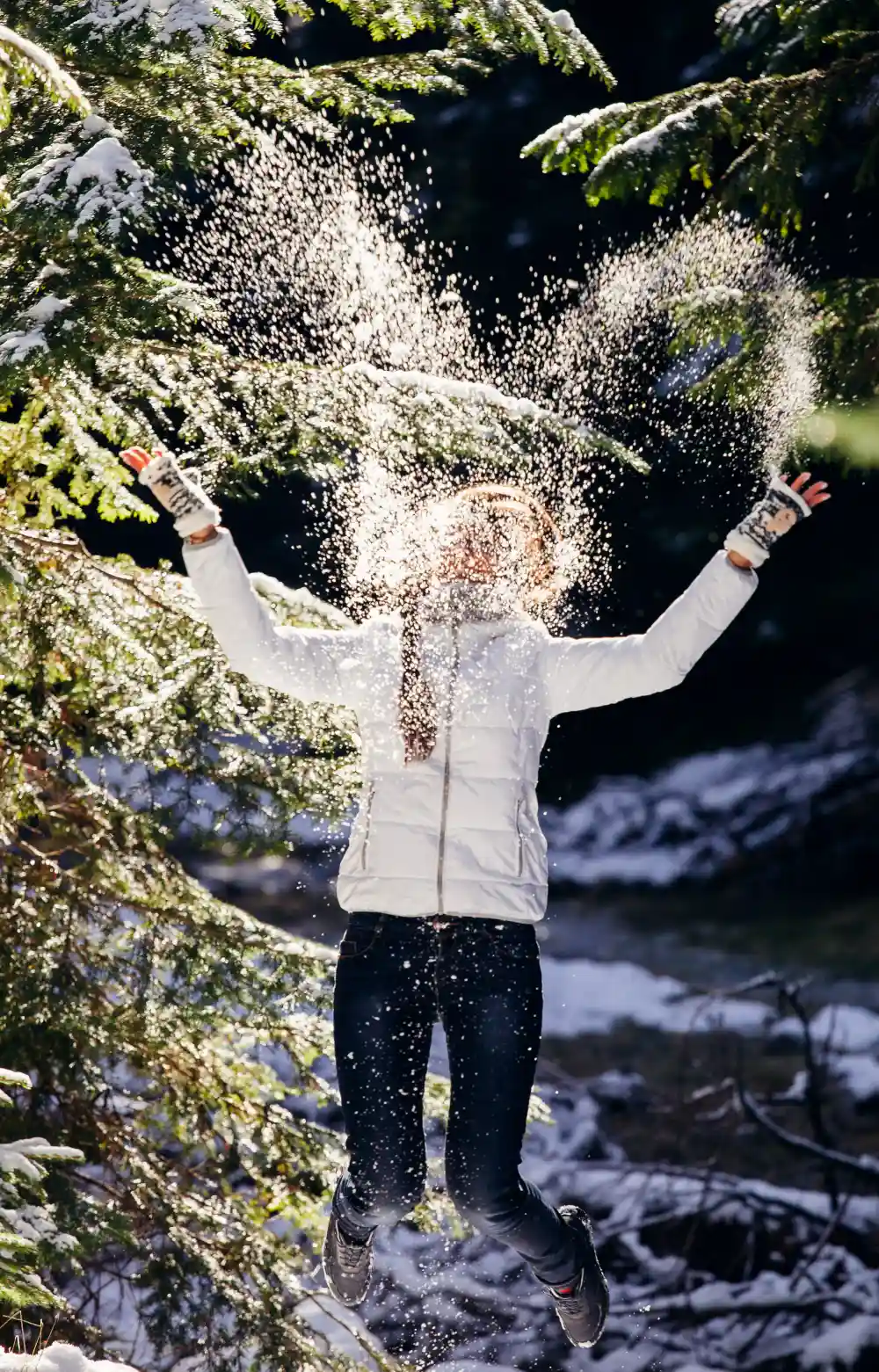
Photo Credit: Freepik
The cold camping benefits extend far beyond avoiding crowds. Cold exposure triggers physiological responses that boost mental clarity, reduce stress hormones, and increase resilience. This wellness camping approach transforms discomfort into a mindfulness practice, where each breath becomes intentional and each moment demands presence.
Winter camping offers peaceful havens where “all you hear is snow crunching underneath your feet”, creating an ideal environment for mindfulness camping. The absence of typical summer distractions like buzzing insects, excessive heat, and constant activity allows for deeper introspection and connection with natural rhythms.
The Adventure Challenge Psychology
There’s something primal about conquering challenging conditions that fair-weather camping simply can’t provide. Cold camping satisfies our evolutionary drive for mastery and competence. Successfully spending a night in 30-degree temperatures creates a sense of accomplishment that sleeping comfortably in 75-degree weather never could.
Social Media and Unique Experiences
Cold camping delivers Instagram-worthy moments that summer camping rarely can: frost-covered tents at sunrise, steaming coffee against snowy backdrops, and the ethereal beauty of winter landscapes. These unique photo opportunities appeal to adventurers seeking experiences their social networks haven’t seen countless times before.
The psychology behind cold camping isn’t about suffering; it’s about rediscovering what outdoor adventure truly means when stripped of modern conveniences and summer’s easy comfort.
Essential Cold Weather Camping Gear for 2025

Understanding Cold Weather Thresholds
Most campers consider 19.5°F too cold, but 25% say no temperature is too cold as long as you have the essential gear. This statistic reveals a crucial truth: proper winter camping gear transforms what would otherwise be impossible conditions into manageable adventures. The difference between misery and memorable experiences lies entirely in equipment selection.
Shelter Systems: Your Cold Weather Foundation

4-Season Tents Four-season tents represent the gold standard for cold-weather camping equipment. Unlike three-season models, these shelters feature reinforced poles, wind-resistant designs, and snow skirts that prevent drafts from entering the tent base. Proper ventilation remains critical; even in cold conditions, condensation from breathing can create dangerous moisture buildup.
Canvas and Natural Materials 2025 trends favor durable, sustainable materials. Canvas tents provide superior wind resistance and breathability compared to synthetic alternatives, while their natural fibers regulate temperature more effectively. These materials align with the growing preference for eco-conscious camping gear.
Sleep Systems: Staying Warm All Night
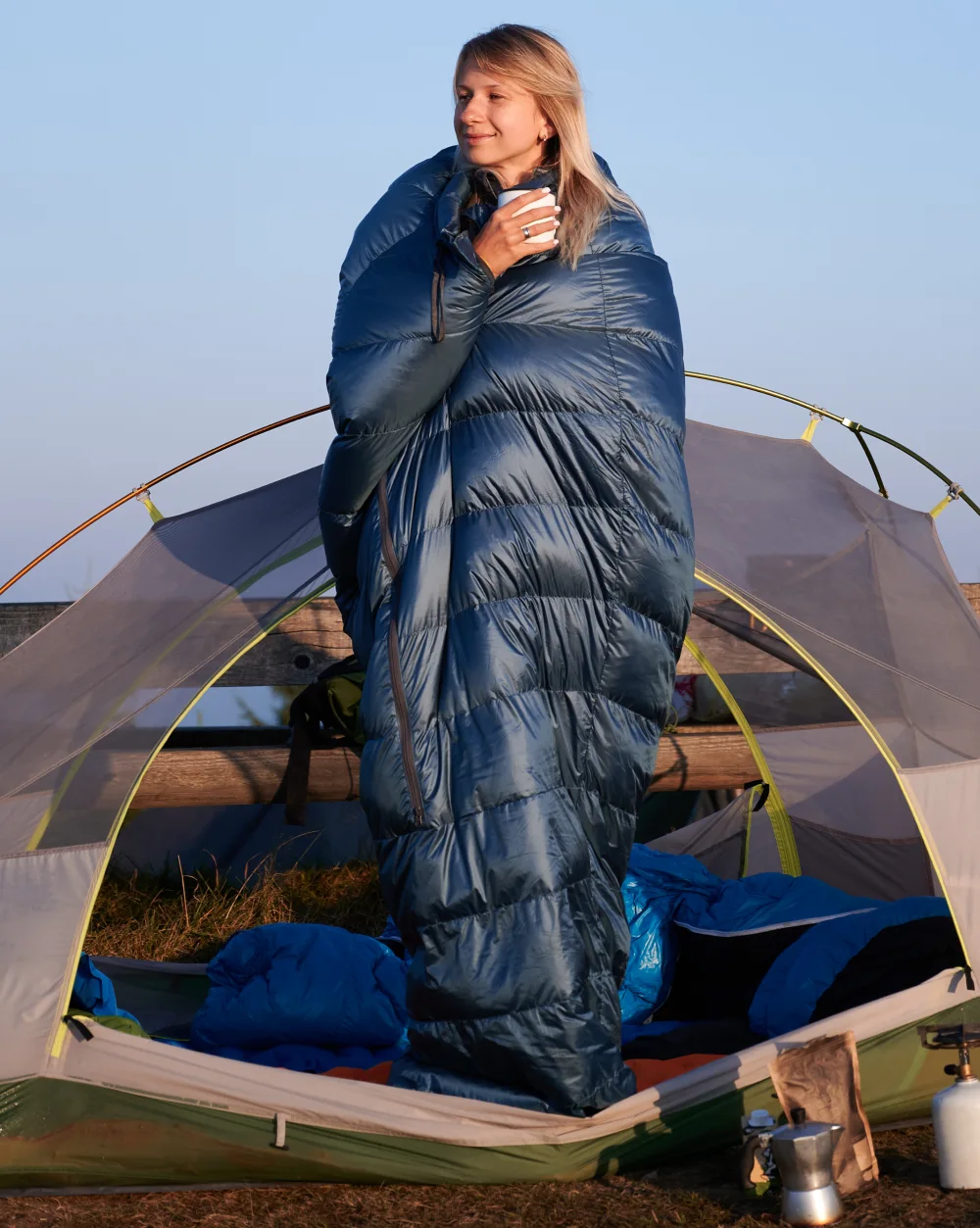
Sleeping Bags and Insulation Temperature ratings become non-negotiable in cold camping. Choose bags rated at least 10-15 degrees below expected nighttime temperatures. Down insulation offers the best warmth-to-weight ratio but requires protection from moisture. Synthetic fills perform better in wet conditions but weigh more.
Sleeping Pads R-value: insulation rating matters more than comfort in cold weather. Pads with R-values of 4+ provide adequate ground insulation. Many cold campers use two pads: a closed-cell foam pad for insulation plus an inflatable pad for comfort.
Advanced Heating Solutions
Portable Diesel Heaters The Planar Heaters 4kW Portable Diesel Heater is revolutionizing how we stay warm outdoors, with a heat output range of 3,400 to 13,600 BTUs and the ability to run on diesel or kerosene. These units provide reliable, efficient heating for larger shelters and extended cold camping trips.
Traditional Heating Options: Tent stoves offer both heating and cooking capabilities. Modern designs are portable, efficient, and provide that cozy cabin atmosphere that transforms cold camping from survival into luxury.
Clothing and Layering Systems
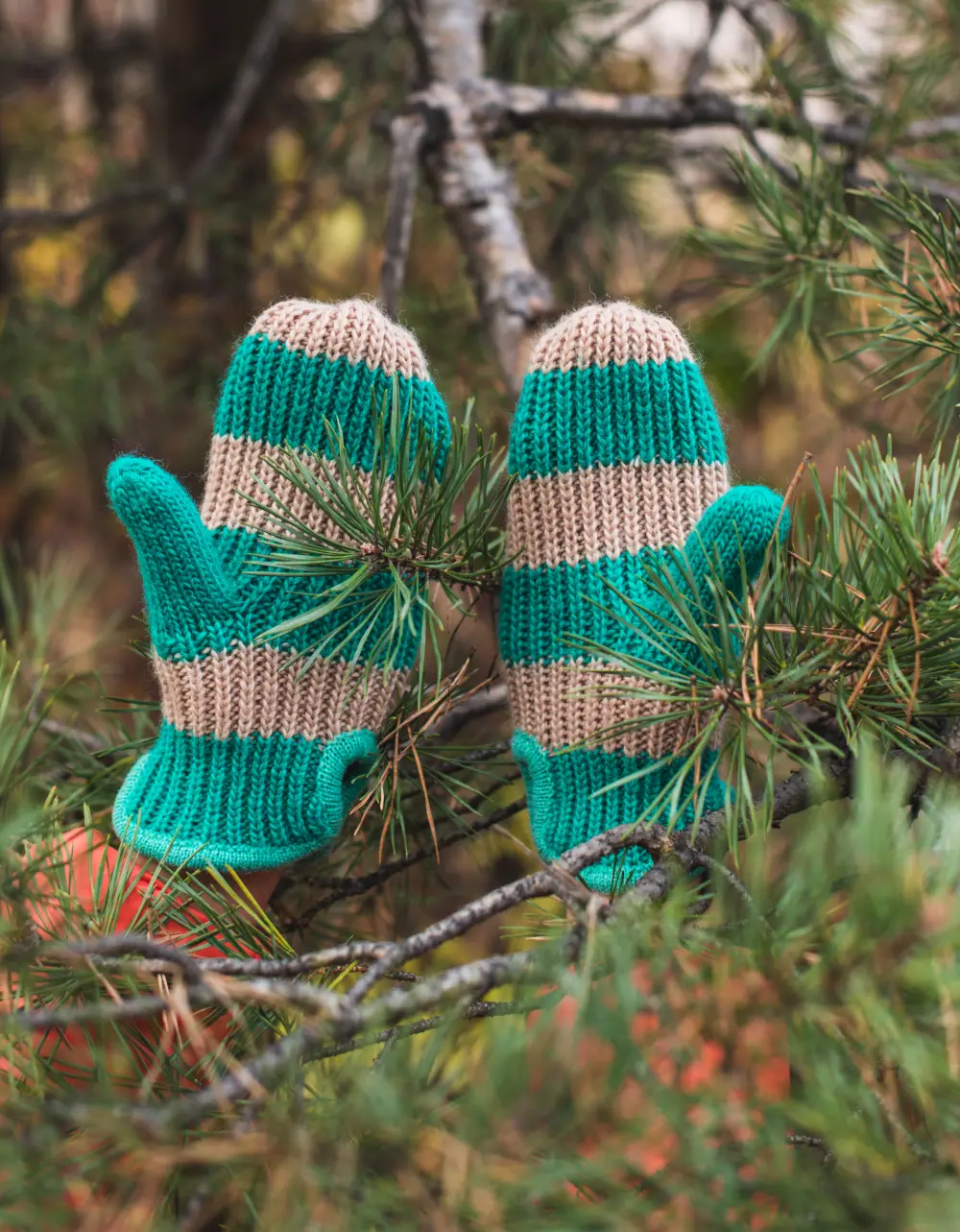
Merino Wool Revolution: Natural materials dominate 2025 trends, with merino wool leading the charge. It regulates temperature, wicks moisture, and resists odors even during multi-day trips. Base layers, mid-layers, and accessories in merino wool create a complete system.
Layering Strategy
- Base layer: moisture-wicking merino wool
- Insulation layer: down or synthetic fill
- Shell layer: windproof and waterproof protection
Power Management and Safety
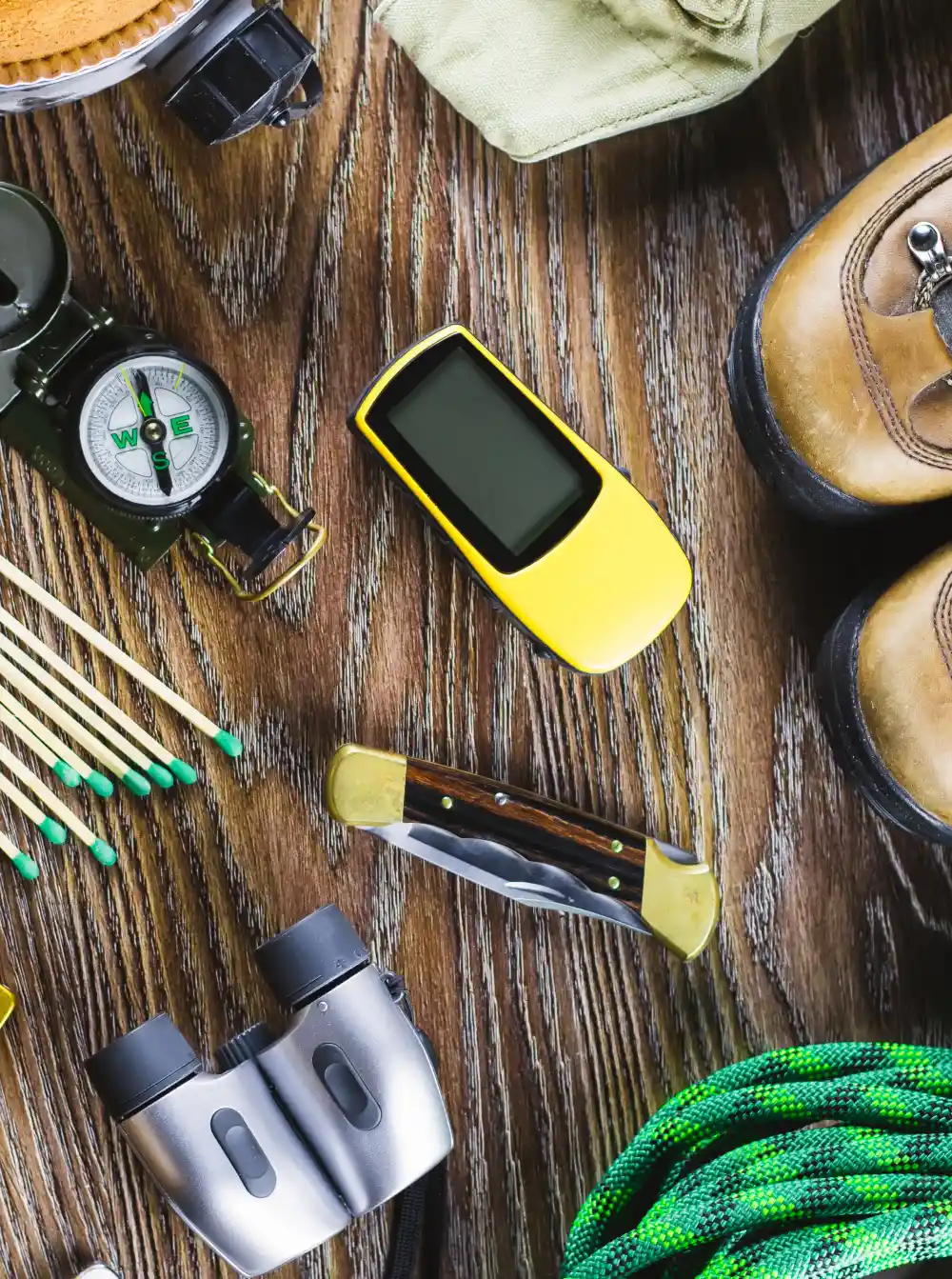
Battery Considerations: Batteries drain faster in cold weather. Keep a set for important devices like satellite phones in your pocket during the day and a sleeping bag at night. Portable power stations with lithium batteries perform better in cold conditions than traditional lead-acid alternatives.
Communication Devices Satellite communicators become essential safety equipment when cell coverage disappears. GPS devices with emergency beacons provide peace of mind for solo cold campers.
Quality winter camping gear represents an investment in safety, comfort, and extending your outdoor season. Start with the fundamentals like shelter, sleep system, and layers, then add specialized equipment as your cold camping skills develop.
Safety First: Cold Camping Risks and Precautions
Understanding Cold Weather Camping Thresholds
For most people, anything under 40 degrees Fahrenheit, a near-freezing temperature, is considered cold-weather camping. Once you hit this threshold, the stakes change dramatically. Cold camping safety becomes paramount because mistakes that might cause discomfort in summer can become life-threatening in winter conditions.
Primary Cold Camping Risks

Hypothermia: The Silent Killer Hypothermia occurs when your body loses heat faster than it can produce it, causing core temperature to drop dangerously low. Early signs include uncontrollable shivering, confusion, and loss of coordination. The key to hypothermia prevention lies in staying dry, maintaining caloric intake, and recognizing symptoms before they become severe.
Frostbite Recognition and Prevention. Cold-weather camping increases your risk of frostbite since you’re exposed to cold temperatures for long periods. First-degree frostbite (frostnip) causes skin redness and numbness; treat immediately by rewarming in lukewarm water for 15-30 minutes. Second-degree frostbite involves tissue damage and requires immediate medical attention.
Critical Equipment Management
Battery Protection Strategies: Batteries will drain faster in cold weather. If possible, keep a set for your important devices, such as a satellite phone, in your pocket during the day and a sleeping bag at night. This simple practice can mean the difference between calling for help and being stranded without communication.
Emergency Communication Satellite communicators become essential for winter camping risks mitigation. Cell towers often fail in remote areas during winter storms, making satellite devices your primary lifeline. GPS beacons with SOS functions provide location data to rescue services.
Pre-Trip Safety Protocol
Weather Monitoring: Check forecasts obsessively before and during trips. The weather can change rapidly in winter, and what starts as a manageable cold can become a life-threatening storm. Have multiple weather information sources and predetermined escape routes.
Gear Redundancy Pack backup systems for critical items: extra batteries, secondary heat source, emergency shelter, and duplicate navigation tools. The “two is one, one is none” principle applies doubly to cold camping safety.
Emergency Procedures
Recognition Protocols Learn to identify hypothermia and frostbite symptoms in yourself and companions. Confusion, slurred speech, and loss of coordination signal immediate action needed. Create a buddy system that checks every hour during extreme conditions.
Evacuation Planning: Know when to abort a trip. If gear fails, weather worsens beyond forecast, or anyone shows signs of cold injury, prioritize safety over adventure. Plan evacuation routes and have emergency contacts with your itinerary.
When to Call It Off
Experience matters, but ego kills. “Negative consequences for mistakes are dire in the winter. Everything is darker, colder, and less accessible”, warns outdoor safety expert Harding Bush. If conditions exceed your skill level, equipment capabilities, or comfort zone, retreat and try again with better preparation.
Cold camping safety isn’t about paranoia; it’s about preparation, enabling adventure. Proper planning, quality gear, and conservative decision-making transform winter camping risks from dangerous gambles into manageable challenges.
Best Cold Camping Destinations in 2025
Cold-Plunge and Nordic Spa Campgrounds
The wellness camping revolution has transformed traditional campgrounds into therapeutic retreats. Thunder Mountain Camp in Ouachita National Forest and West Beach Resort in Orcas Island offer opportunities to cool off by hiking through shaded woods or taking cold plunges in pristine lakes. These cold camping destinations combine the solitude of wilderness with the health benefits of controlled cold exposure.
Nordic spa campgrounds represent the luxury end of cold camping, featuring heated saunas, cold plunge pools, and wellness programming. These facilities allow campers to experience therapeutic temperature contrasts while maintaining comfortable base accommodations, which is great for cold camping beginners seeking a gentler introduction.
Mountain and High-Altitude Adventures
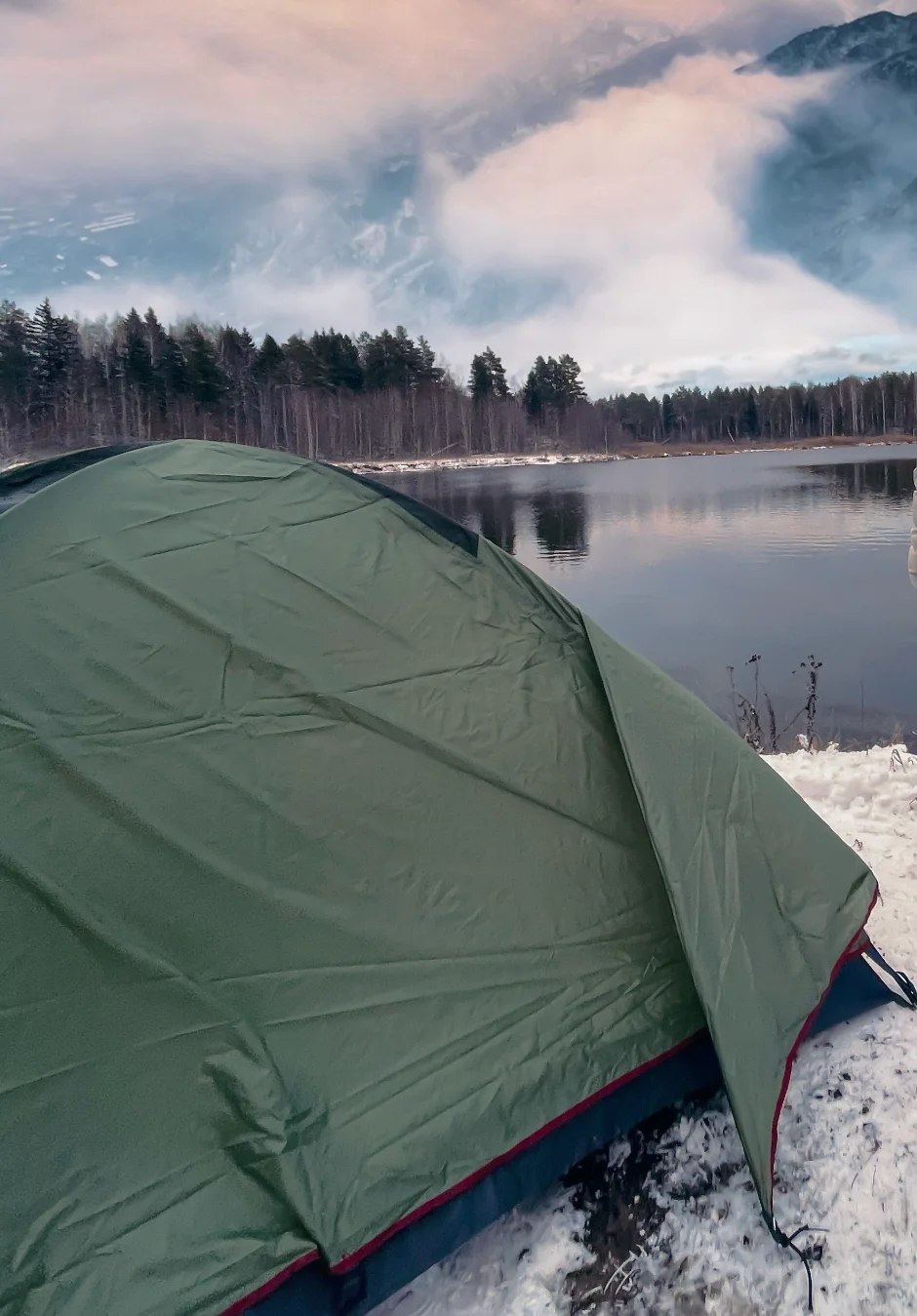
Summer Cold Camping High-altitude destinations provide cold camping opportunities even during peak summer months. Mountain campgrounds above 8,000 feet regularly drop into the 40s at night, offering that crisp cold camping experience without winter’s harsh conditions.
Colorado’s Rocky Mountain National Park, Utah’s Bryce Canyon, and California’s Sierra Nevada mountains deliver consistently cool nighttime temperatures.
Year-Round Mountain Destinations. Best winter camping locations include established mountain campgrounds with winter access: Yellowstone’s snow coach accessible areas, Yosemite’s valley floor, and the Great Smoky Mountains’ lower elevation sites. These destinations offer infrastructure support while providing authentic cold-weather experiences.
Northern Latitude Gems
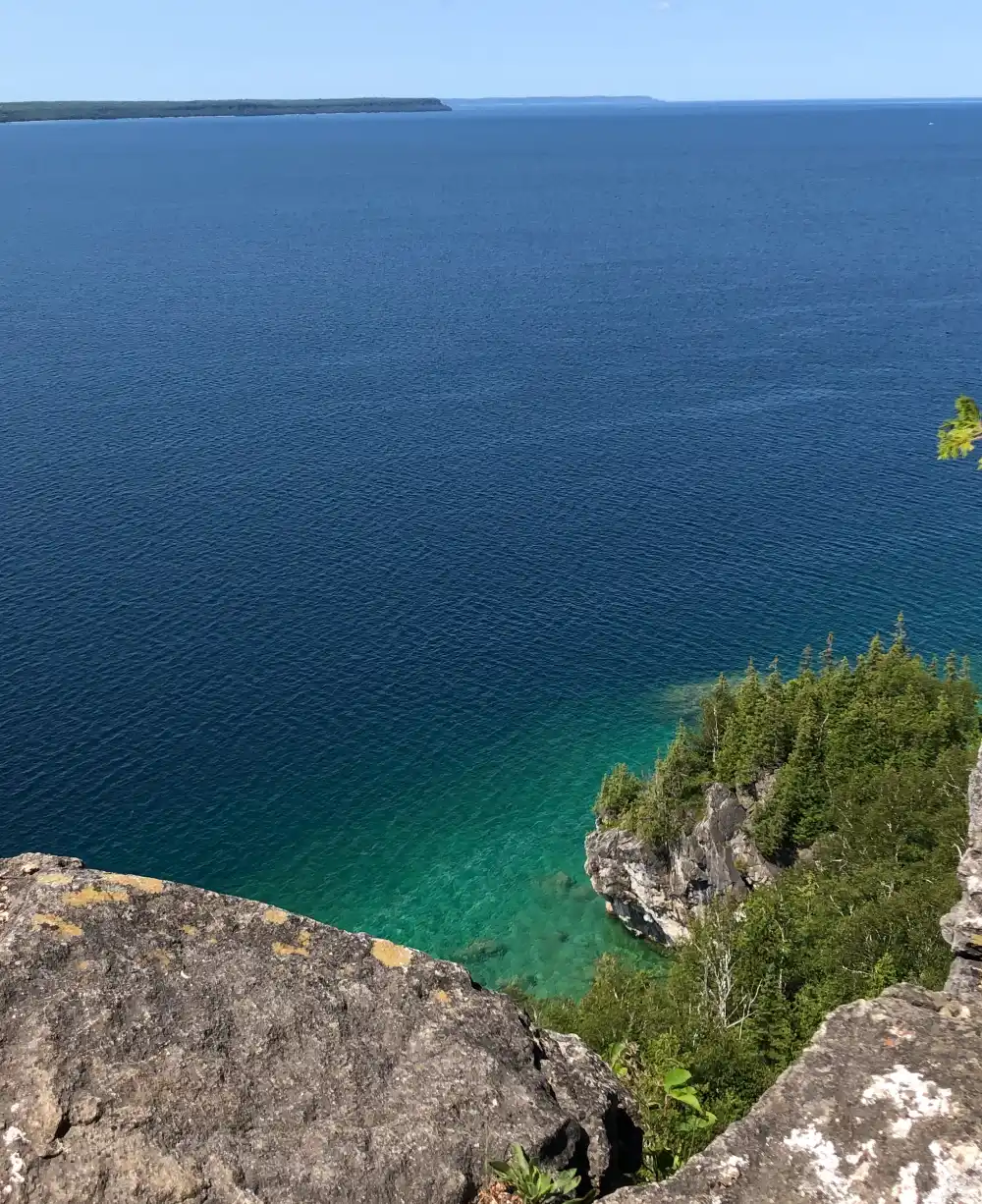
Pacific Northwest Washington and Oregon state parks provide excellent cold camping destinations with moderate winter conditions. Olympic National Park’s coastal areas offer unique cold camping experiences where ocean breezes create consistently cool conditions year-round.
Great Lakes Region Michigan’s Upper Peninsula, Minnesota’s North Shore, and Wisconsin’s Northwoods provide classic cold camping environments with frozen lake access, winter sports integration, and established cold weather camping infrastructure.
Strategic Seasonal Timing
Shoulder Season Opportunities: Popular summer destinations transform into cold camping paradises during shoulder seasons. National parks like Zion, Grand Canyon, and Arches offer dramatically different experiences in late fall through early spring; fewer crowds, stunning weather contrasts, and significantly reduced camping fees.
Optimal Timing Windows
- Late October – December: Perfect introduction temperatures (30-50°F)
- January – February: Advanced cold camping conditions
- March – April: Transitional season with unpredictable but manageable conditions
Booking and Access Considerations
Many cold camping destinations operate on reduced schedules during the winter months. Research access roads, facility closures, and reservation requirements well in advance. Some Nordic spa campgrounds require booking due to limited capacity and growing popularity.
Cold camping destinations in 2025 range from luxury wellness retreats to rugged wilderness adventures, ensuring options for every experience level and comfort preference.
From Beginner to Cold Camping Pro: A Step-by-Step Guide
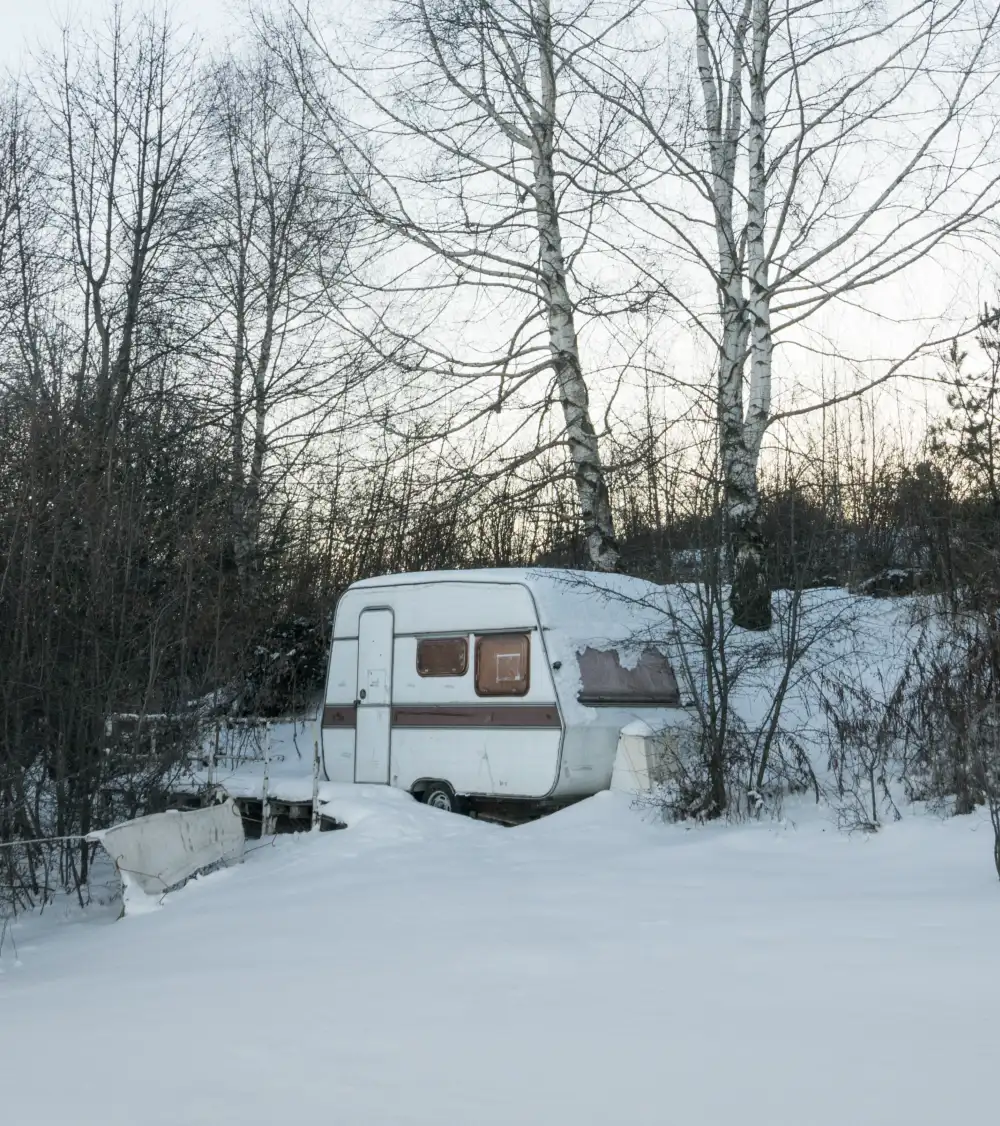
Phase 1: Foundation Building (40-50°F Range)
Start with Car Camping. Cold camping for beginners should always begin with car camping in mild cold conditions. Your vehicle provides emergency warmth, gear storage, and psychological comfort while you learn essential skills. Target nighttime temperatures between 40-50°F for your first attempts; challenging enough to require proper gear but forgiving of mistakes.
Essential First Gear: Don’t break the bank initially. Quality sleeping bags, insulated sleeping pads, and appropriate clothing matter more than expensive shelters. Don’t let a price tag scare you away from getting outside this year.
Try rental options for larger pieces of gear, go to garage sales, and borrow from friends and family. This budget-friendly approach lets you test preferences before major investments.
Phase 2: Skill Development (30-35°F Range)
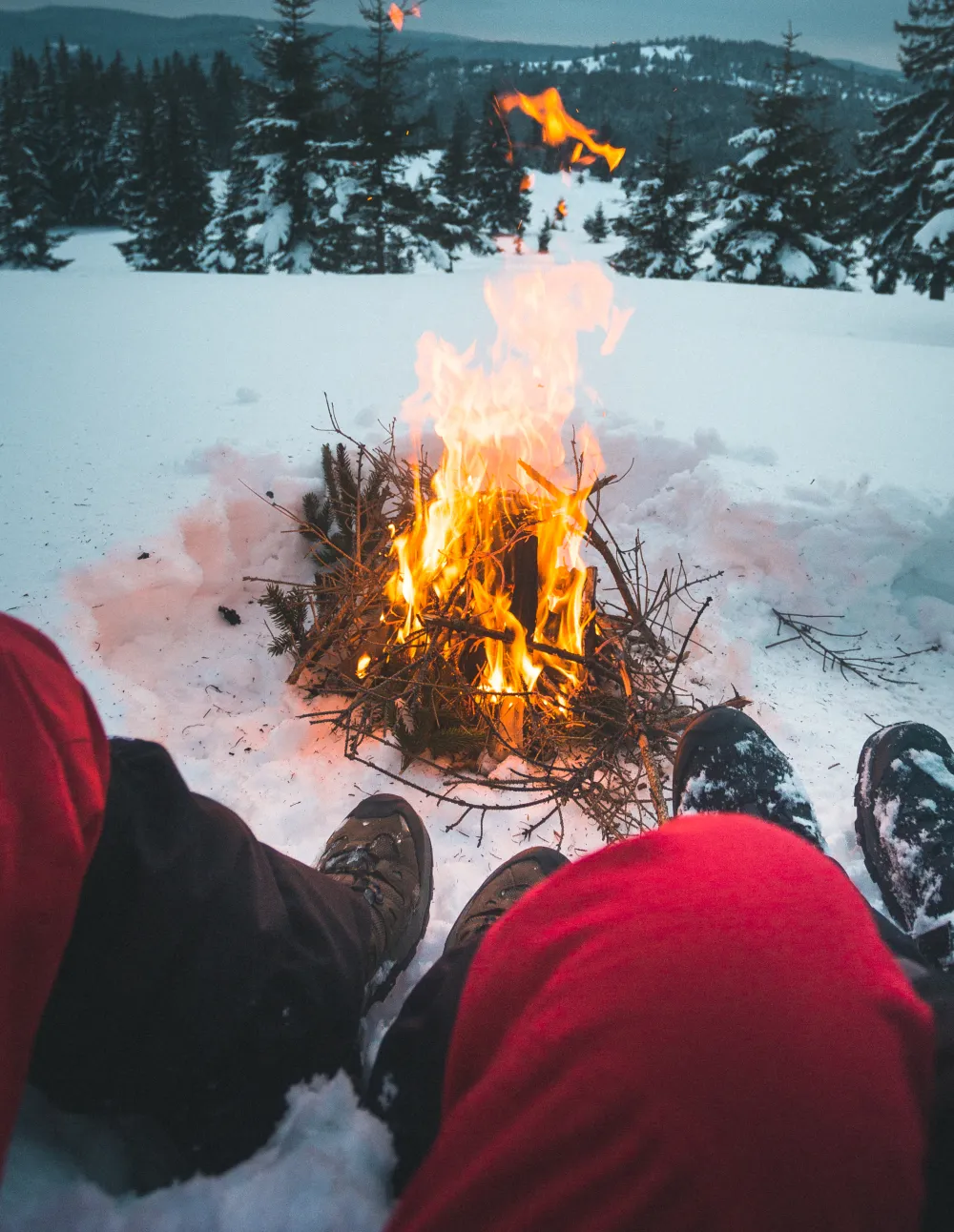
Controlled Testing Environment Once comfortable in mild conditions, progress to testing your gear setup at around 30°F (-1°C). This temperature range teaches critical lessons about condensation management, heat retention, and gear limitations without extreme danger. Practice in familiar locations within easy reach of shelter.
Winter Camping Tips for Skill Building
- Master layering systems through trial and error
- Learn to manage moisture from breathing and cooking
- Practice setting up a shelter with cold, clumsy fingers
- Develop efficient camp routines that minimize heat loss
Phase 3: Advanced Challenges (Below 30°F)
Progressive Temperature Drops: Graduate to colder conditions only after mastering fundamentals. Each 10-degree temperature drop introduces new challenges: gear performance changes, battery life decreases, and the margin for error shrinks significantly.
Safety Milestone Checkpoints Before attempting temperatures below 20°F:
- Complete at least 5 successful nights in 25-35°F conditions
- Demonstrate the ability to warm a hypothermic partner
- Successfully operate all gear with gloves on
- Prove you can break camp efficiently in cold conditions
Building Community and Mentorship
Learn from Experienced Campers. Borrow from friends and family; this can even inspire a group trip or outing. Experienced cold campers often welcome beginners on group trips, providing real-time mentorship and shared safety margins. Join local outdoor clubs, online forums, and social media groups focused on winter camping.
Structured Learning Opportunities: Many outdoor retailers and guide services offer winter camping workshops. These programs provide expert instruction, gear testing opportunities, and controlled risk environments for skill development.
Timeline for Progression
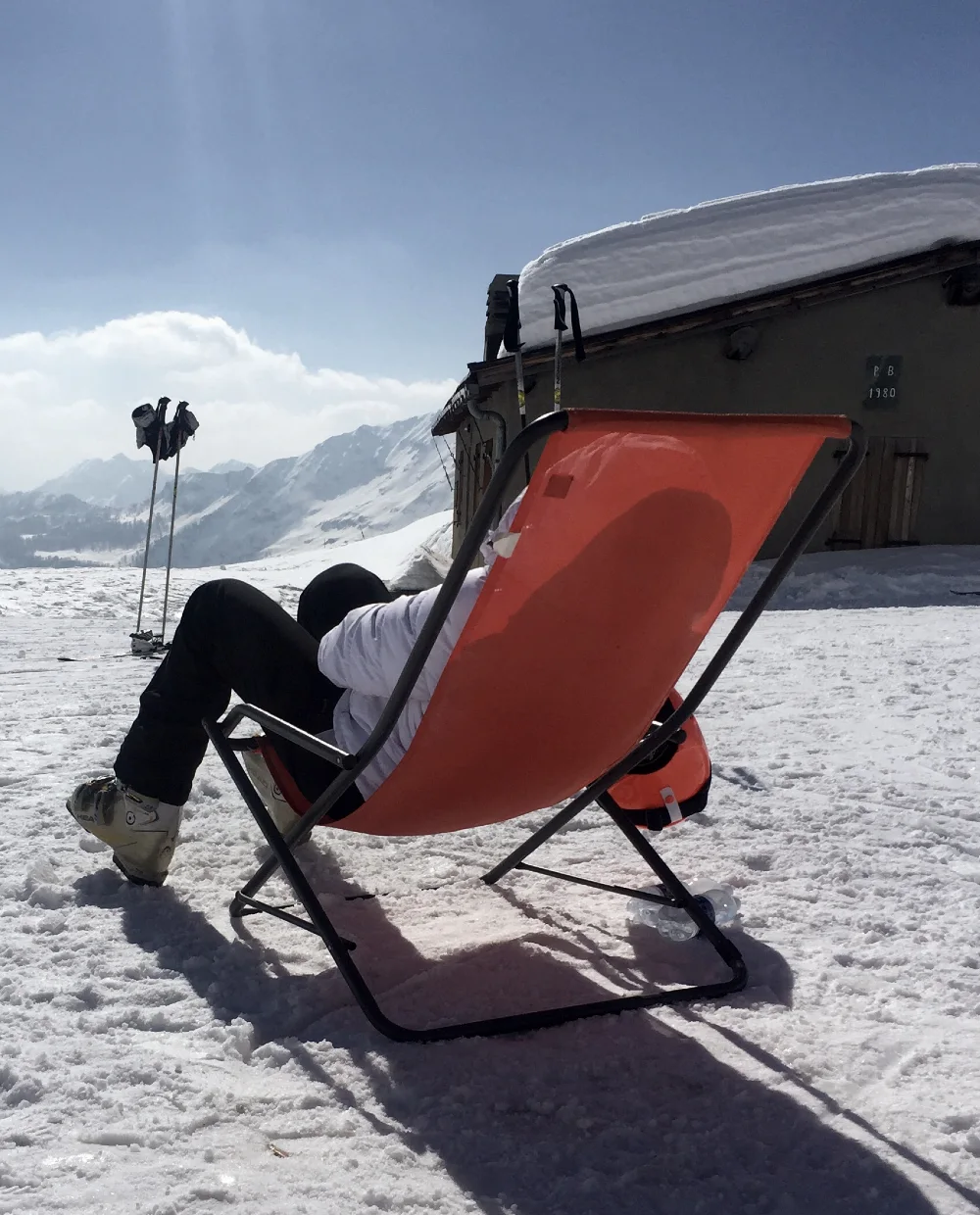
Month 1-2: Car camping in 40-50°F conditions, gear acquisition and testing
Month 3-4: Backyard practice sessions, transitioning to tent camping
Month 5-6: First true cold camping trips in 30-35°F range
Months 7-12: Progressive temperature challenges with mentor support
Red Flags to Stop Progression: If you experience persistent cold injuries, repeated gear failures, or anxiety that prevents enjoyment, step back to easier conditions. Learn cold camping should be challenging but never dangerous.
Success in cold camping comes from methodical progression, not heroic leaps into extreme conditions. Build skills incrementally, invest in relationships with experienced campers, and always prioritize safety over achievement.
The Future of Cold Camping: Trends and Innovations

Smart Technology Revolution
Intelligent systems are transforming cold camping with advanced lithium batteries that work in sub-zero temperatures, compact satellite communicators with smartphone integration, and smart tents featuring automated temperature control, ventilation management, and condensation prevention.
These technologies replace manual adjustments with sensor-driven automation, making winter camping safer and more accessible.
Wellness Integration Expansion
The marriage of cold exposure therapy with outdoor recreation continues to deepen. Wellness camping trends include guided breathwork sessions in cold environments, meditation programs designed around temperature challenges, and therapeutic cold camping retreats led by certified wellness practitioners. This evolution transforms cold camping from pure adventure into holistic health experiences.
Material Science Breakthroughs
Revolutionary materials are transforming camping gear through phase-change fabrics that auto-adjust insulation, synthetic fills matching down’s warmth without moisture issues, and affordable aerogel insulation from aerospace tech.
Bio-based options include hemp shelters, mushroom insulation, and recycled ocean plastic gear, letting eco-conscious campers maintain performance without compromising sustainability values.
Infrastructure Development
Campgrounds are investing heavily in cold-weather amenities. Nordic spa facilities, heated bathroom buildings, and warming huts are becoming standard at winter-accessible campgrounds. Some facilities offer gear rental programs, allowing beginners to experiment with expensive cold camping equipment before purchasing.
Community and Guided Experiences
Professional guide services specializing in cold camping education are proliferating. These programs combine skills instruction with mentorship, creating safer pathways for beginners while building cold camping communities. Virtual reality training systems allow practice of emergency procedures in controlled environments before real-world application.
Industry Growth Projections
The sustainable cold camping practices movement drives innovation toward leave-no-trace winter camping solutions. Solar charging systems optimized for low-light conditions, biodegradable warming packs, and minimal-impact shelter designs reflect growing environmental consciousness.
Future cold camping represents the convergence of technology, wellness, and environmental stewardship, transforming a niche pursuit into an accessible, health-focused outdoor lifestyle that operates year-round while respecting natural systems.
Conclusion
Cold camping is rapidly becoming a major 2025 outdoor trend, offering solitude, wellness benefits, and year-round adventures that summer camping can’t match. Success requires proper gear, progressive skill development, and strict attention to safety.
Start with car camping in mild cold (40-50°F), invest in quality equipment, and learn from experienced communities. With preparation, cold camping transforms winter from off-season into an opportunity.
Ready to embrace the chill? Research gear, choose a beginner destination, and connect with cold camping communities to start your winter adventure.

